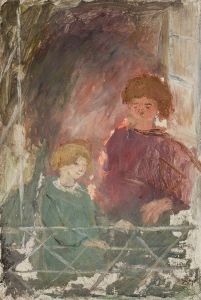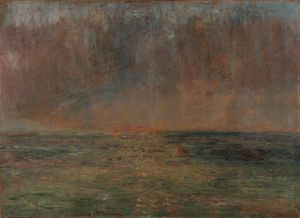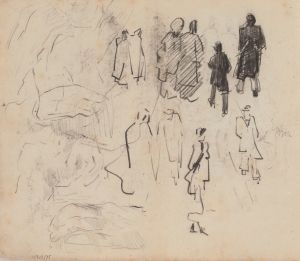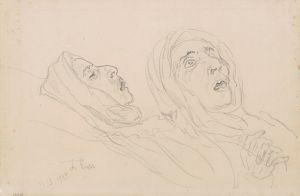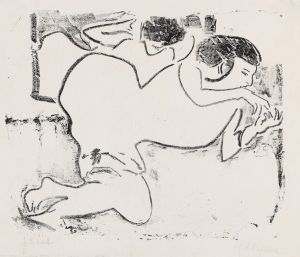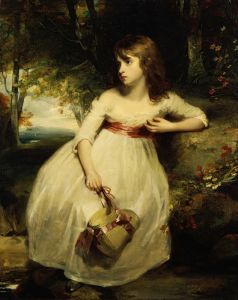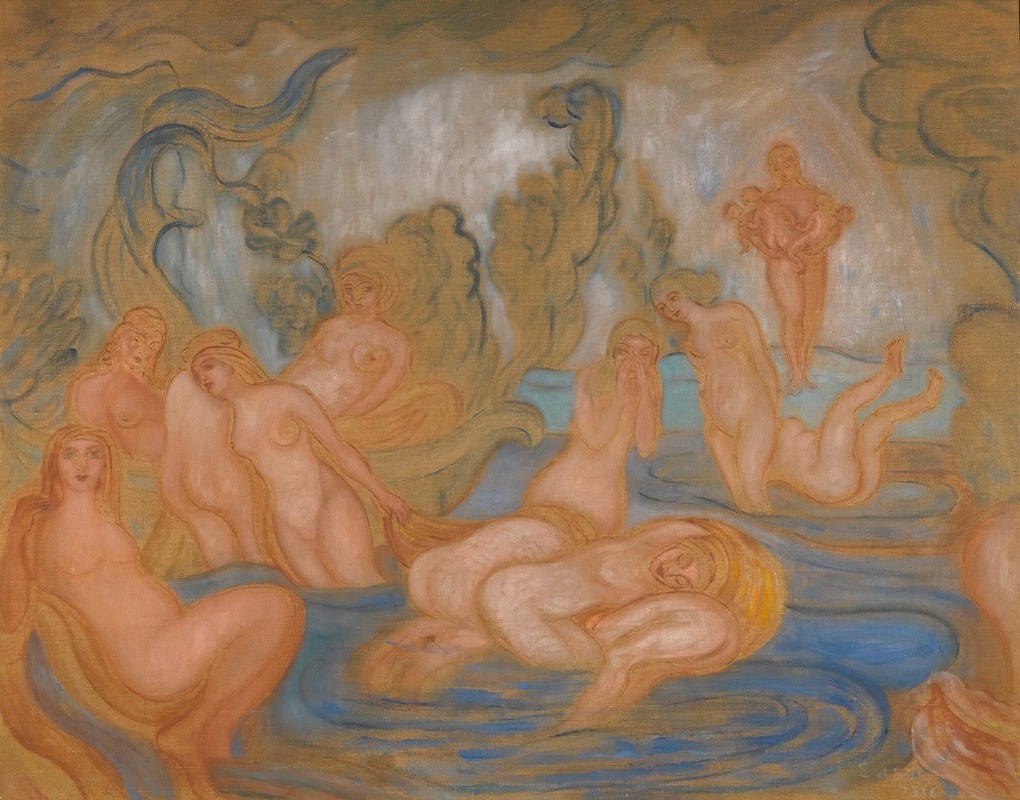
Les Baigneuses
A hand-painted replica of James Ensor’s masterpiece Les Baigneuses, meticulously crafted by professional artists to capture the true essence of the original. Each piece is created with museum-quality canvas and rare mineral pigments, carefully painted by experienced artists with delicate brushstrokes and rich, layered colors to perfectly recreate the texture of the original artwork. Unlike machine-printed reproductions, this hand-painted version brings the painting to life, infused with the artist’s emotions and skill in every stroke. Whether for personal collection or home decoration, it instantly elevates the artistic atmosphere of any space.
Les Baigneuses, also known as The Bathers, is a painting by the Belgian artist James Ensor. Created in 1907, this work is a notable example of Ensor's distinctive style, which often combined elements of realism and fantasy. Ensor is recognized as a pivotal figure in the development of modern art, particularly for his influence on the Expressionist and Surrealist movements.
James Ensor was born in Ostend, Belgium, in 1860, and he spent most of his life in this coastal city. His early works were influenced by the academic traditions of the 19th century, but he soon developed a unique approach that set him apart from his contemporaries. Ensor's art frequently featured grotesque imagery, satirical themes, and a vivid use of color, reflecting his fascination with the macabre and the absurd.
Les Baigneuses depicts a group of women bathing in the sea, a common leisure activity in Ensor's hometown of Ostend. The painting captures the scene with a sense of spontaneity and movement, characteristic of Ensor's dynamic brushwork. The figures are rendered with a loose, almost sketch-like quality, emphasizing the fluidity of the water and the play of light on the surface. Ensor's use of color is particularly striking in this work, with bold contrasts and vibrant hues that bring the scene to life.
The composition of Les Baigneuses is notable for its unconventional approach. Ensor often eschewed traditional perspectives and proportions, creating a sense of disorientation and surrealism. In this painting, the figures are arranged in a seemingly haphazard manner, with some appearing almost ghostly or transparent. This technique adds to the dreamlike quality of the scene, blurring the line between reality and imagination.
Ensor's choice of subject matter in Les Baigneuses reflects his interest in everyday life and the human condition. While the painting portrays a mundane activity, it is imbued with a sense of mystery and ambiguity. The bathers are depicted in various states of undress, their bodies partially obscured by the water and the surrounding environment. This creates a sense of voyeurism and intimacy, inviting the viewer to contemplate the private moments of the figures.
Throughout his career, Ensor was known for his critical and often satirical perspective on society. His works frequently addressed themes of mortality, vanity, and the absurdity of human existence. Les Baigneuses can be seen as part of this broader commentary, using the seemingly innocuous scene of bathers to explore deeper questions about identity and perception.
James Ensor's contributions to art were recognized during his lifetime, and he received numerous accolades and honors. In 1929, he was made a baron by King Albert I of Belgium, and his work continued to be celebrated in exhibitions and collections around the world. Today, Les Baigneuses remains an important example of Ensor's innovative approach to painting and his enduring influence on modern art.
Ensor's legacy is preserved in several major museums, including the Royal Museums of Fine Arts of Belgium in Brussels and the J. Paul Getty Museum in Los Angeles, where his works continue to be studied and admired by art enthusiasts and scholars alike.






